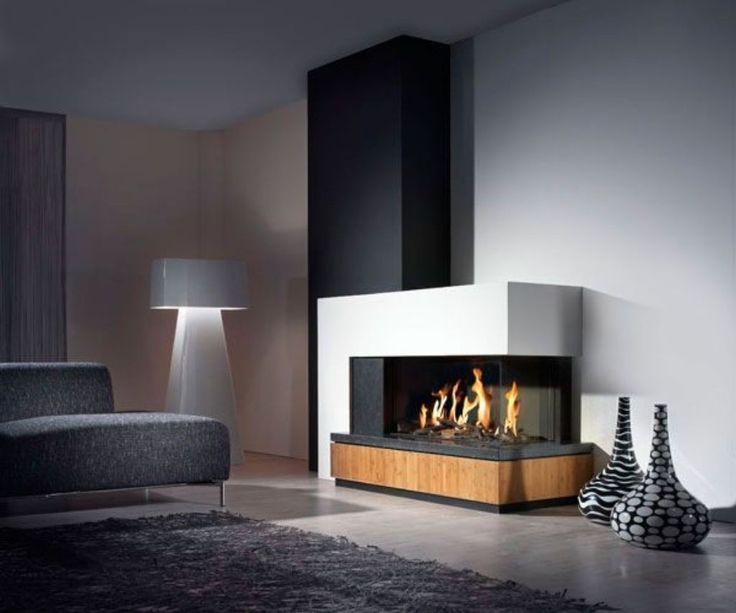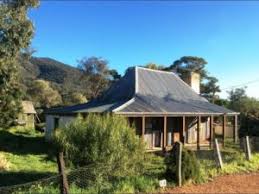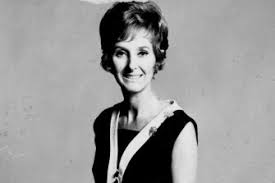Burning and Air Pollution
- By florian.glinserer
- •
- 26 May, 2019
- •
Burning and heating options for winter without the pollution

An open fire is a fire in which material is burned in an open, outdoor area or in a receptacle without a stack or chimney. Materials such as tires and roofing material that produce dense smoke when burned are prohibited from burning in an open fire. It is illegal to burn household or garden waste at home or in your garden. Burning waste can be a nuisance to neighbours and can also pollute the air by releasing harmful chemicals into it. Many wood products are treated with toxic chemicals to prevent rot . You can open burn in the city. It's completely legal, but there are rules for it.
Rule number one, according to the city code: the fire has to be contained.
Rule two: fires must be at least 15 feet from a house, garage, low-hanging branches or anything else that will burn.
Burn only firewood. Never burn household garbage, painted or stained wood, plastics, or chemically treated paper in your backyard fire. Not only is this practice illegal, it is also hazardous and dangerous to you, your family and to your neighbors. Yard waste should not be burned either.
Why do woodheaters smoke?
When wood is heated to a high enough temperature it breaks down into a complex mixture of gases. These gases burn in the presence of oxygen to give off heat. If there is not enough oxygen, or not enough heat, the gases will only partially burn and the un-burnt gases will go up the chimney into the air outside.
Once outside, these gases cool down and condense into tiny droplets of oils and tars. These are known as particles. A single particle is far too small to see with the naked eye, but a lot of particles together are seen as woodsmoke. Particles cause many of the environmental and health problems associated with woodsmoke. They are a major source of air pollution in wintertime, especially where many people use woodheaters for home heating.
Why is woodsmoke a problem?
Woodsmoke contains particles so small that, when inhaled, they can cross the lung lining and end up in the blood stream. (See fact sheet on particles) Woodsmoke also contains other chemicals that can affect our health. The health problems associated with woodsmoke include asthma, chronic lung disease, heart problems and premature births and deaths. Some of the toxic chemicals in woodsmoke are known to cause cancer.
Woodsmoke in Australia is a problem in many towns and cities on very cold, still nights. The colder temperatures mean that more people leave their woodheaters burning overnight. To keep them burning the firebox is often loaded so full of wood the fire is starved of oxygen. This causes the woodheater to smoulder and produce a lot of smoke. On a still night the problem is made worse as the smoke hangs in the air at ground level without a breeze to blow it away. When this happens the air we breathe can become very polluted.
You can't have a fire without smoke… or can you?
The hot embers of a wood fire are actually the last stage of the burning process before the fire goes out. They are made up of carbon, commonly referred to as 'charcoal', and almost half the heat that comes from a wood heater comes from these hot embers. The embers burn very cleanly and make hardly any smoke.
If you want to keep your woodheater going overnight, you will make much less smoke if you burn the gases off first, before turning the heater down to reduce the air supply. To do this easily you need to take some of the steps listed below.
How can you make less smoke?
Many people do not realise that smoke is wasted heat that costs money. If the gases from the fire go up the chimney instead of being burnt, there is less heat available to heat your house. You can minimise the amount of smoke from a woodheater if you:
- burn only dry, seasoned, untreated wood;
- use smaller logs instead of only one large log;
- do not pack the fire box too full as this will starve the fire of oxygen and cause it to smoulder;
- keep the fire burning brightly for the first 20 minutes after lighting and reloading – the faster you can get the fire going the les smoke there will be;
- always have a visible flame if you plan to keep the fire going overnight.
If you are buying a new woodheater, make sure you buy one that conforms to the Australian Standard 'AS 4013'. Woodheaters are also rated for their efficiency so one that is 65% efficient will burn less wood for the same amount of heat than one that is only 60% efficient. Check the label. You will also be better off if you choose one that is the right size for your house. If you buy a heater that can produce more heat than your house needs, you will have to set it to burn slowly. A big heater burning slowly makes more smoke than a smaller heater burning more quickly.
Changes in technology and better woodheater design now mean that many heaters are rated to burn with much lower levels of emissions than required by the Australian Standard. Consider purchasing a woodheater with the lowest level of emissions possible.
Alternatives
Pellet fuel heaters are a new type of heater on the Australian market. They burn pellets of compressed sawdust , the waste product of sawmilling processes, using a hopper to feed pellets into the firebox without the need for human intervention. Pellet heaters have very low emissions and are almost smokeless.
Improving the thermal efficiency of your house may reduce the need for heating. Increased insultation in walls and ceilings, thick curtains with pelmets, increased use of thermal mass in floors and walls can all help to regulate the temperature of a house.
Heating specialist will offer wood, gas, biofuel and electric fireplaces for your home heating needs which will comply with current Australian Air Pollution Standards.
Add a gas-burning fireplace insert if you want clean air and the ultimate in convenience. Flip a switch; have fire. ... They draw in outside air to keep the flame burning and exhaust all the combustion gases and water vapor released by burning gas.
Pros of Electric Fireplaces
- Inexpensive to operate. Most electric fireplaces literally cost only pennies per hour to operate. This is the most budget-friendly type of fireplace to operate for longer periods of time.
- Some styles allow you to turn the heat off so you can still create ambiance in the summer, even when it is 100 degrees out and you have the central air blasting.
- They produce zero emissions, thereby allowing you to place one anywhere that you have an electrical outlet. This includes a small bathroom.
- Electric fireplaces are ventless. You don’t need a chimney because they don’t create smoke.
- They provide instant heat. As soon as you turn the fireplace on, you feel the warmth.
- You don’t have to keep track of a long wand lighter that always seem to come up missing. All you need is the remote control.
- Since they are so inexpensive to operate, you can turn the heat down on the thermostat during that movie marathon and be warmed by a cheaper heat source.
Pros of Bio Ethanol Fireplaces
- SoHo Black Biofuel Wall Fireplace
- Dimensions: 27.5″ W x 19″ H x 6″ D
- Weight: 17.4 lbs.
- Like an electric fireplace, bio ethanol varieties do not require a chimney either. You can place them anywhere, even somewhere without an electrical outlet.
- There are some that are portable. Therefore you could carry it to your patio to enjoy and then bring it back in at night. This is not an option with an electrical socket.
- No dangerous fumes are created. You get a realistic flame without all the harmful toxins created by wood.
- This clean fuel not only is smoke-free, it create zero ashes. This means that there is absolutely no cleanup. You pour in the bio ethanol and ignite.
- A bio ethanol fireplace is the most environmentally friendly option. The fuel is made from fermented sugars that originate from plant forestry product. Although electric styles are more environmentally friendly than wood, producing electricity from coal or natural gas is not all that ozone-friendly.
- If the power goes out, you at least have one source of heat.
Cons of Electric Fireplaces
- You need electricity to power these fireplaces. Therefore, if there is a power outage, you won’t be able to use it to keep warm.
- Although some styles do look fairly realistic, they will never give you that coveted real flame.
Cons of Bio Ethanol Fireplaces
- They don’t consume a ton of oxygen, but they do still use a little. If burning for a few hours in a small space, open a window or door for a few seconds to let a little fresh air in.
- Bio ethanol fireplaces are more expensive to operate than electric varieties.
- There is no off switch for the heat, so you likely won’t want to operate one in the summer when you have the air on.
Conclusion
The cleanest and cheapest form of heating is electricity, best sourced from renewable energy providers, which can be in the form of a stylish fireplace type heater. These replace your traditional wood, gas and ethanol heaters which all have their positives but in the end are causing air pollution problems which the city does not need. Wood burning if left to irresponsible people can cause hazardous toxic air pollution which can cause health issues. Gas is your second best choice for clean and reasonably priced heating which causes few health issues, however natural gas is not a renewable resource unless you are able to find biogas as an alternative. Ethanol is an excellent alternative sustainable, renewable fuel which is cheap and easy to find and use. All fires, fire pits and open fires are dangerous and children should be supervised at all times.

































